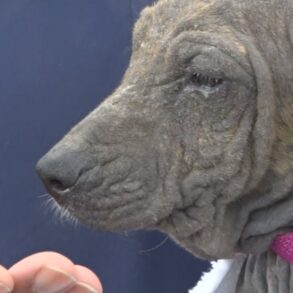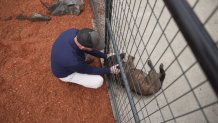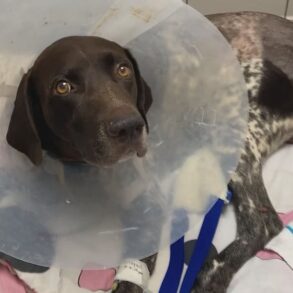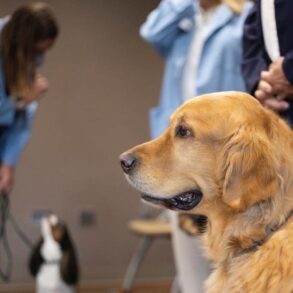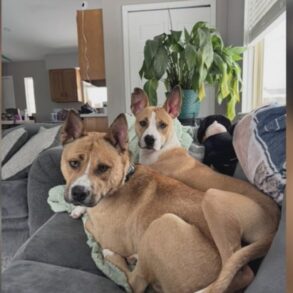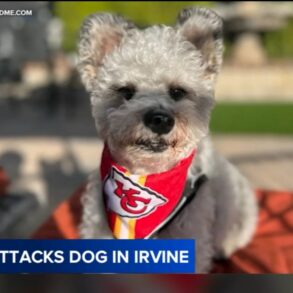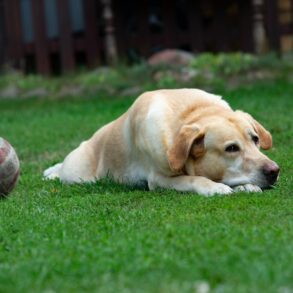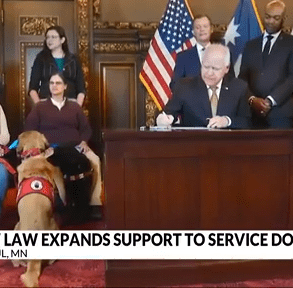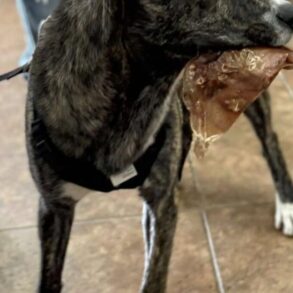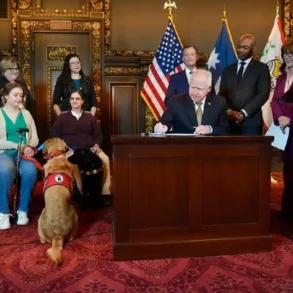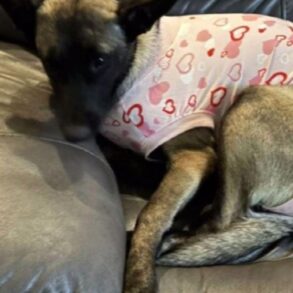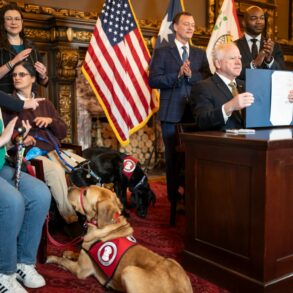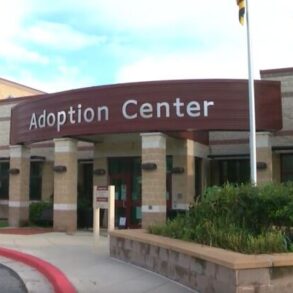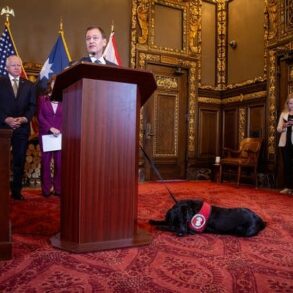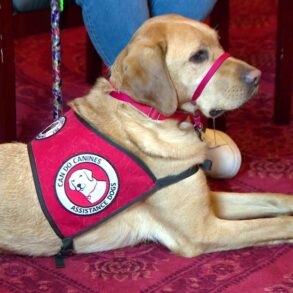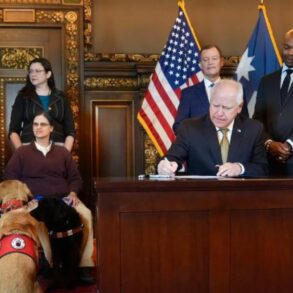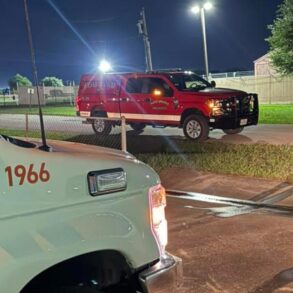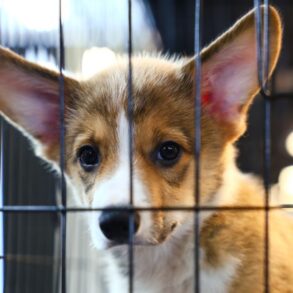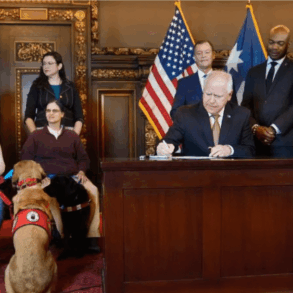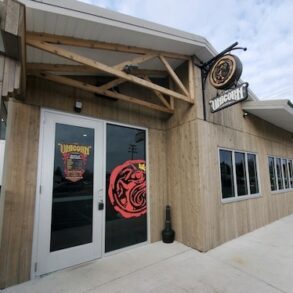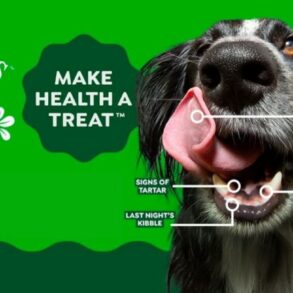I was thinking the other day about the dogs that have been part of my life and about how they largely fall into two categories: farm dogs and dogs that live on a farm.
Both types received the same amount of affection, but there are big differences in their care, the latter the result of improved knowledge and experience.
ADVERTISEMENT
When I was growing up on my parent’s grain and cattle farm, our family’s dogs fell into the first category. All three dogs mostly lived outside in the barn, curled up with the kitties, and we supplemented their commercial dry dog food with scraps from the table. If the temperature dropped to double digit subzero numbers the dogs were allowed to come into the enclosed back porch but not allowed to cross the door threshold into the kitchen.
The dogs wandered the farmyard or napped in their favorite spots — a pile of loose hay in the winter and under the spirea bushes next to the house in the summer — when we were in the house and followed us around when we were outside. They especially enjoyed trotting behind us when we went on horseback rides.
The first dog that was part of my childhood was an old black part-Labrador stray that walked into the farmyard one summer day. After unsuccessfully looking for his owner, we decided to keep him, and my mom named him “Rover,” assuming that he had been wandering before he found us.
Our second dog also was a stray that found us when our family was on a summer walk down a dirt trail near our house. We also kept him when we couldn’t find his owners.
My mom named that dog, which was part husky, “Lucky” because he was fortunate to find us and we were happy he found us. Lucky, like Rover, lived a good life on our farm, surrounded by a family who treated him with kindness and affection.
The last dog that was part of my life before I graduated from high school was my sister Bonnie’s Norwegian elkhound named McKeiver. He was a furry bundle of joy that was gifted to her by another farm family that knew how much my little sister liked him and wanted a dog.
It was about 30 years before another dog became part of my family, this time adopted from our local animal shelter for my own little girl, Ellen, who loved every dog she had met.
ADVERTISEMENT
“Molly,” as we called her, was a mixed breed black Labrador. She was a wonderful, mellow dog that melded perfectly into our family of, besides, Ellen, our two sons, Brendan and Thomas.
Maggie, a yellow Labrador that we adopted from a kennel owner after Maggie’s owners abandoned her there, a few years later, was a bundle of energy that tested our patience, in the process teaching us that dogs’ personalities are as varied as humans.
Ann Bailey / Agweek
Besides Maggie, we also adopted Minnie, a yellow Labrador and chow mix, and Alfred, a black Labrador mix, from our local animal shelter.
Our last three dogs were puppies when we got them:
in Vancouver, British Columbia, in 2008, Casey, Ellen’s golden retriever that was from the same California kennel where Rosebud was purchased by the makers of Santa Buddies, and Nova, my North Dakota-bred golden retriever.
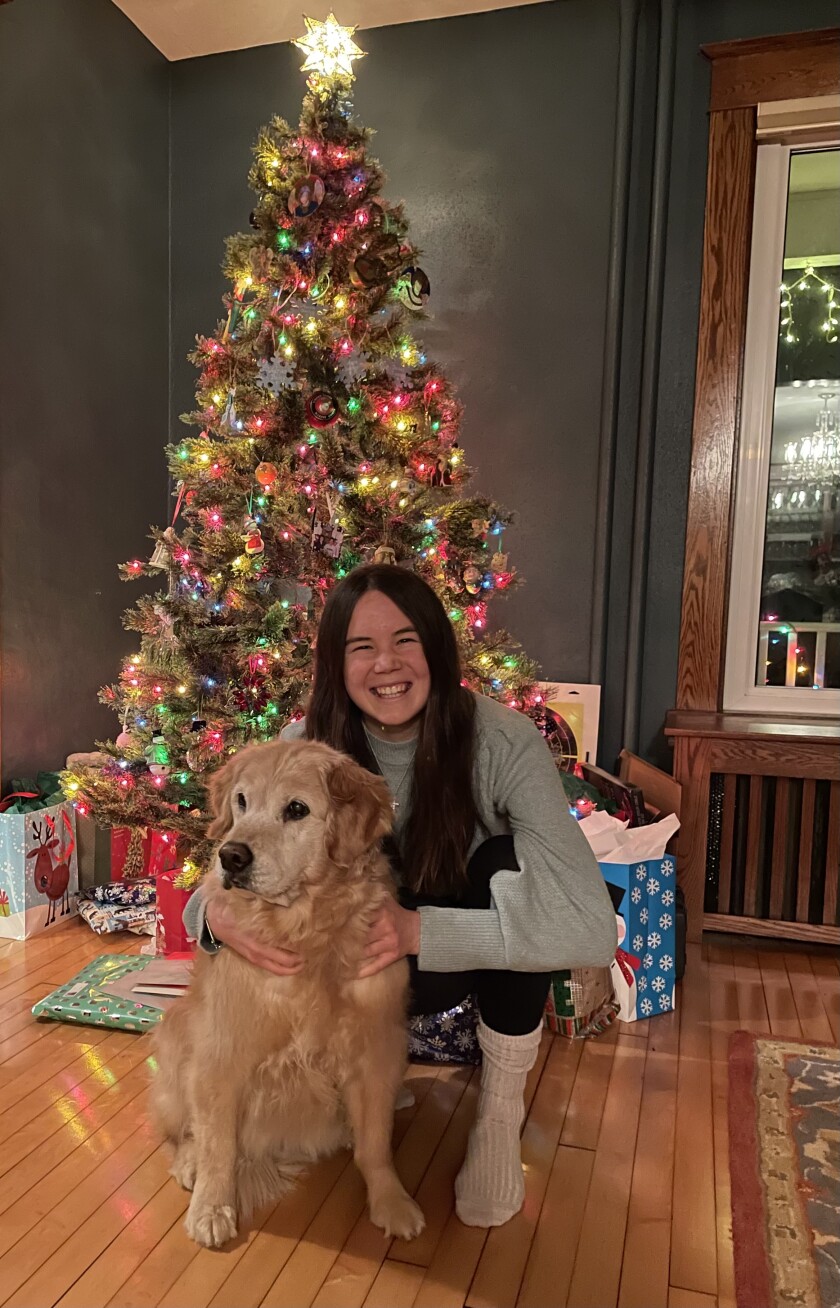
Ann Bailey / Agweek
Rosebud lived a happy and much-loved life on our farm.
She died one month short of 15
, her long life a testimony to her genes and the care we gave her. Casey, 8 ½ and Nova, 4 ½, are equally happy and well-cared for.
I classify the dogs that have been part of our family in the “dogs who live on farms” category. They reside in the house with us, get premium dog food and are on leashes when they go outside to go potty. The difference in the way we care for our dogs and the way our family dogs were cared for when I was growing up is the combination of a societal change, overall, in how we view pets, knowing that there are many potential perils for outside dogs, and the weight of responsibility with which both of those come. The common denominator between the farm dogs that I grew up with and the dogs we have now is that they were and are cared for to the best of our family’s ability at the time and we have deep affection, and yes, love for them.
Nova and Casey are an integral part of our family and their wagging tails, wiggling bodies and bright eyes greeting us when we’ve been separated, whether for 10 minutes or 10 days, tell me that our family’s approach to dog ownership is the best one for us — and them.
ADVERTISEMENT
Ann Bailey lives on a farmstead near Larimore, North Dakota, that has been in her family since 1911. You can reach her at 218-779-8093 or abailey@agweek.com.
Ann is a journalism veteran with nearly 40 years of reporting and editing experiences on a variety of topics including agriculture and business. Story ideas or questions can be sent to Ann by email at: abailey@agweek.com or phone at: 218-779-8093.
This post was originally published on this site be sure to check out more of their content.






